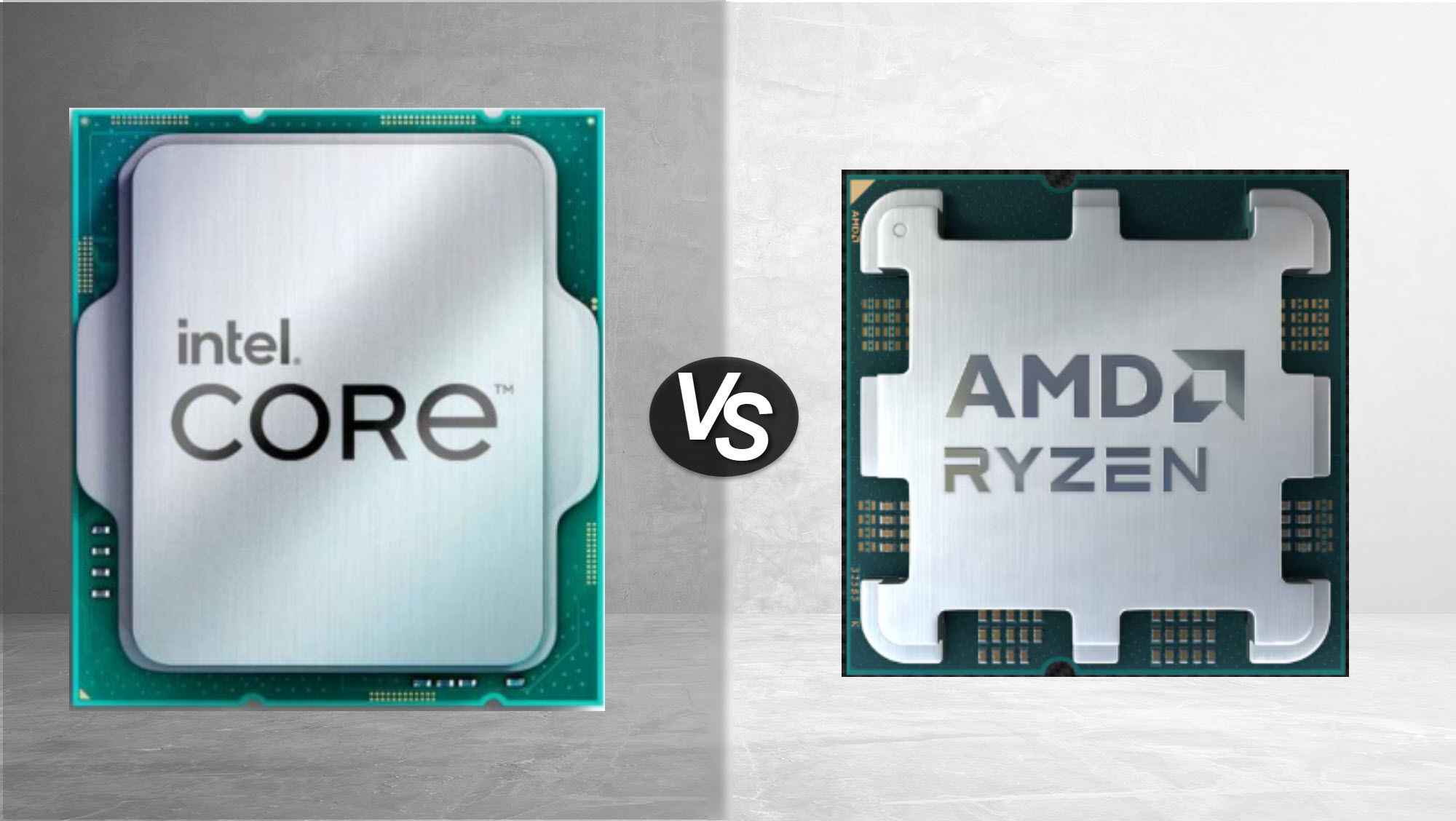
CPUID has released a new version of its famous CPU-Z hardware diagnostic tool. The new program recognizes the latest processors from AMD and Intel and clock unbuffered memory modules (CUDIMMs). In addition to detecting codenamed Granite Ridge and Arrow Lake products, the new program can now recognize re-badged Raptor Lake CPUs.
The latest CPU-Z version 2.12 can now detect AMD's Ryzen 7 9800X3D processor for gaming desktops and display its final specifications, including the 3D V-Cache size, as well as Core Ultra 200-series 'Arrow Lake-H' and 'Arrow Lake-HX' processors for high-end and gaming laptops. These CPUs are expected to be released early next year, but CPU-Z can recognize them and their specifications correctly. Assuming CPU-Z acknowledges all of these CPUs, the Alder Lake-H and HX lineups will be led by the Core Ultra 9 285H and Core Ultra 9 285HX processors, and the families will include five and six SKUs, respectively.
Since Intel's latest Core Ultra 200-series 'Arrow Lake-S desktop platform already supports clocked unbuffered memory modules, CPU-Z can now read their SPDs and properly detect CUDIMMs and their specifications.
In addition, CPU-Z version 2.12 can recognize Intel's Core 3/5/7 100HL, 100U, and 100UL-series processors. These are rebranded Raptor Lake CPUs with product numbers aligned with the company's current nomenclature. This lineup—also due in 2025—will contain at least 12 models.
Although it is common for hardware developers to rebrand their previous-generation products with their latest model number schemes, this practice can significantly mislead customers. Intel's Raptor Lake processors have been around for a couple of years now, and customers already know them under the 13th Gen Core and 14th Gen Core trademarks. Renaming them to the Core 100-series will likely cause some customers to confuse them with the Core Ultra 100-series, a completely different product family offering various levels of performance and features.







